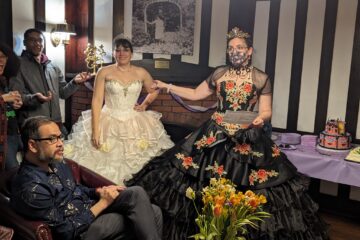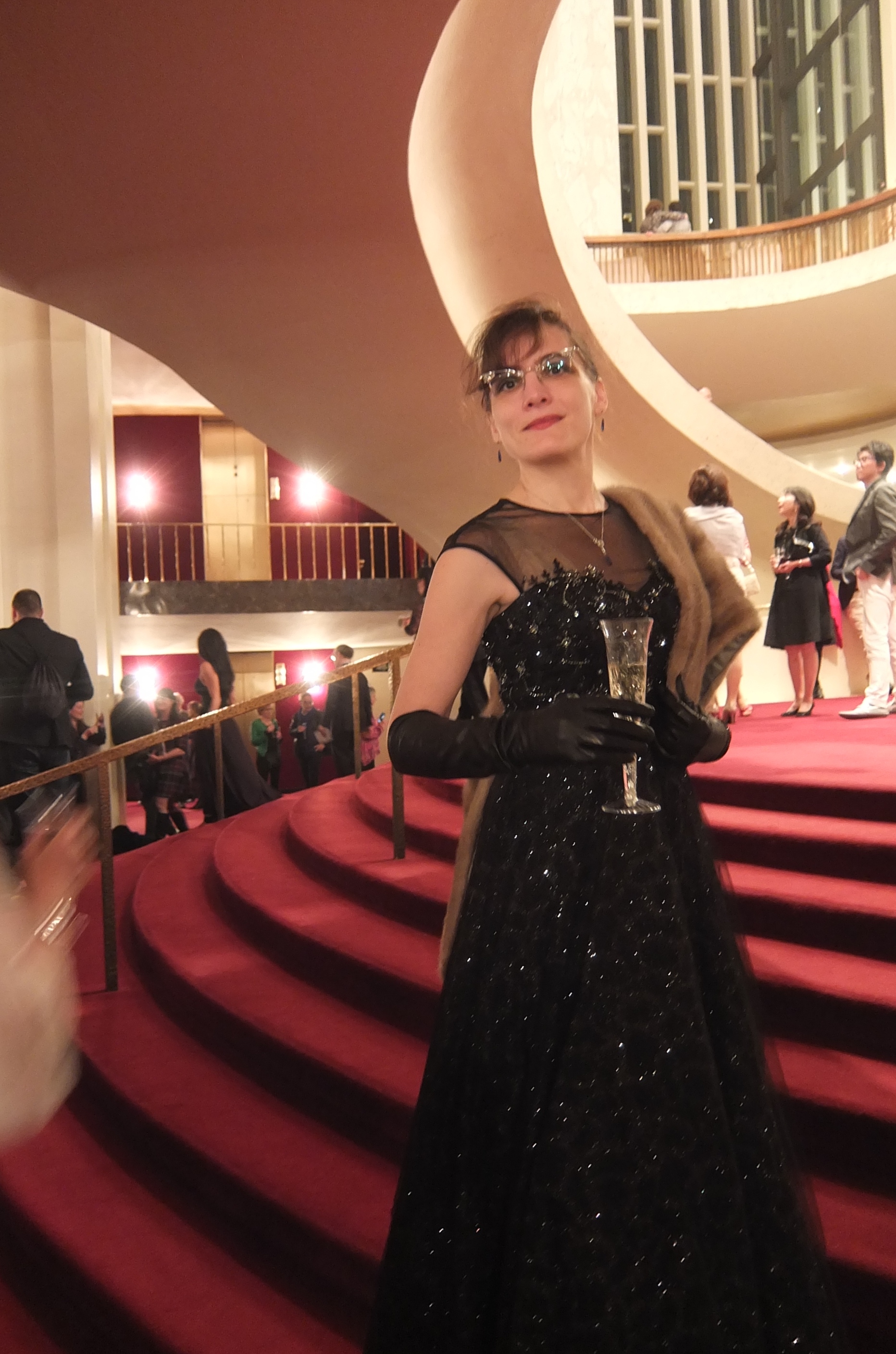When Franz Kafka met Felice Bauer and declared his love for her was as passionate and as authentic and as painful as all his attempts at pure existence, women were just discovering the brassier. It was the cool new life-hack for the Edwardian gal on the go. I find myself transfixed by the question of whether Kafka ever saw a bra.
One cannot research the history of bras without confronting the oft-regurgitated rhetoric equating freedom of the bosom to freedom from oppression. The truth is more nuanced. Women’s rights did not doom the corset, and oppression accessorized every silhouette from flapper to bullet boobs until bras themselves were seen as a tool of oppression in the sixties.
Fashion changed, as it always does, at gleeful random. A fad for gauzy, loose dress-tops started over corsets, which they hid and made unnecessary. Yes, there were reforming movements, “rational dress” and all that, but ultimately, the corset had simply run its course. The costumes of the rational dress crowd were about as represented in everyday wear as the Nehru jackets of the sixties: they died out quickly and for the same reasons. The more striking a fashion, the more it becomes tied to a time period, the more swiftly it feels out-of-date. But pieces are adopted into the mainstream. All fashions leave their fossils.
But this isn’t supposed to be a theory article. This is about the physical reality of bras. Competing patents for the bra were filed in Europe and America in 1914, but earlier bra-like garments were advertised or mentioned in newspapers as early as the 1890s.[1]
The long, staggered introduction of the bra into history makes the existence of home-made, improvised versions almost a certainty. Mass production was still dicey in Kafka’s day. Women interested in breast confinement without corsetry could sew together an over-the-shoulder boulder-holster based on various designs disseminated in ladies’ magazines, private letters and guidebooks. Think of it as a youtube tutorial, excitedly watched in your bedroom without mother’s approval.
Bras were popular with feminists and working women. Felice Bauer was a feminist and working woman: educated, independent. At a time when most women working outside the home were lucky to land one job, she rose from a mere stenographer to a sales representative for dictation machines. She moved with the times, identifying emergent technologies like any hungry capitalist at a trade show.
She wasn’t some 1910’s version of a “Booth Babe” either — plain looking, she was described by her ardent lover himself as follows: “Bare throat. A blouse thrown on. looked very domestic in her dress although, as it turned out, she by no means was… almost broken nose.”[2]
That is Kafka describing the woman he fell in love with in his diary for the first time! (No disrespect to his love or his prose. Unvarnished truth is, I think, a mark of a great writer.)
By “no means” domestic, this was a woman interested in practical work clothing, not in making her waist teensy. Therefore, it is entirely likely that Felice Bauer owned, or had considered buying, a bra. (Would she have made one from the handy articles and patterns? Well, ‘by no means domestic’ makes me doubt.)
They spent ten days together in 1916. Kafka could have seen her in her bra, touched it. History casts a demure eye at the bedroom wall and lets us assume what we will.
Franz was a bit of a nudist, himself. He might have encouraged her to go without foundational garments. Maybe she already did. Working women had done so since time out of mind. Breasts can just lie there. A person gets used to it.
If Franz agonized over the dream of his fingers gracing eyelet-worked muslin filled with pendulous flesh, well, he agonized over everything. He was the young, well-educated son of a brusque man, a member of a minority, newly-risen in society. If he felt life was a precipitous, fragile thing, he wasn’t wrong; if Franz had not died of tuberculosis, he would have joined his sisters in the gas chambers.
Felice moved away, married another man, fled the Nazis, and grew old running a store in New York. Her story, what made her so compelling to such a compelling young man, is mostly lost. She sold her letters from Franz to pay medical bills. (How American!) She either didn’t have her own letters or chose not to share them. We know all about what he thought of her, but not what she thought of him. Like the fabric and elastic and bone that held her breasts, we know less about her than the effect she cast, glimpsed through an obscuring layer of gauze.
[1] Syracuse, New York Evening Herald in March 1893, “…ladies who wish to be in the real absolute fashion are adopting for evening wear the six inch straight boned band or brassiere which Sarah Bernhardt made a necessity with her directoire gowns.”
[2] From Kafka’s dairy entry for August 20, 1912 as quoted on the Wikipedia page for Felice Bauer


